
We only live once, and as if that weren't enough, our existence tends to always pass faster than we would like. And while time is consuming, the world continues to turn but many still do not embark on the adventure, without daring to appreciate a world whose contrasts, shapes and colors we should all know. These 10 places in the world you must see before you die they become the best injection of traveling motivation.
Petra (Jordan)
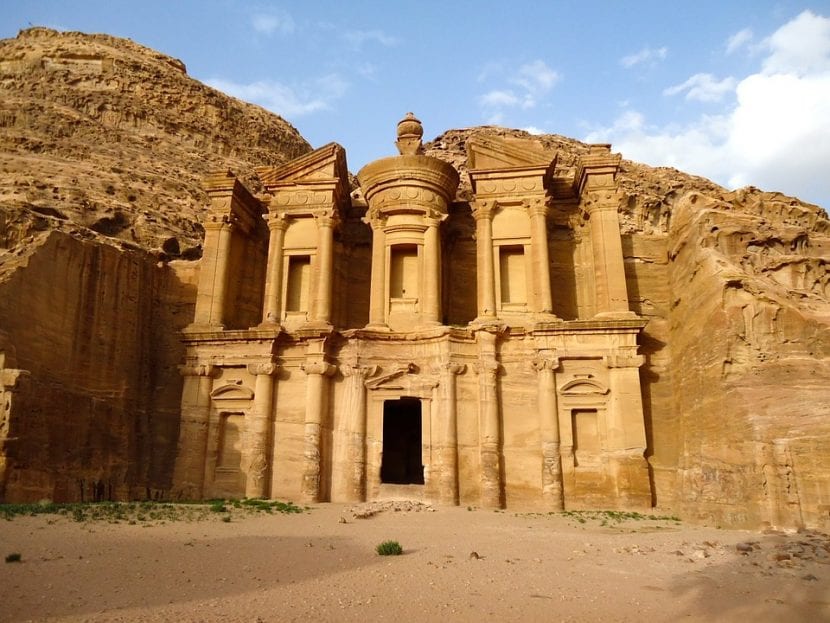
In Jordan there is a gorge called the Siq whose narrow walls reveal the vestiges of the best kept secret of the Nabataeans, an ethnic group that, influenced by the Western trade routes and their art to carve in the rock, resulted in The treasure, cornerstone of the pink city of Petra which still continues to be one of the greatest architectural prides of the Middle East. Essential.
Taj Mahal (India)
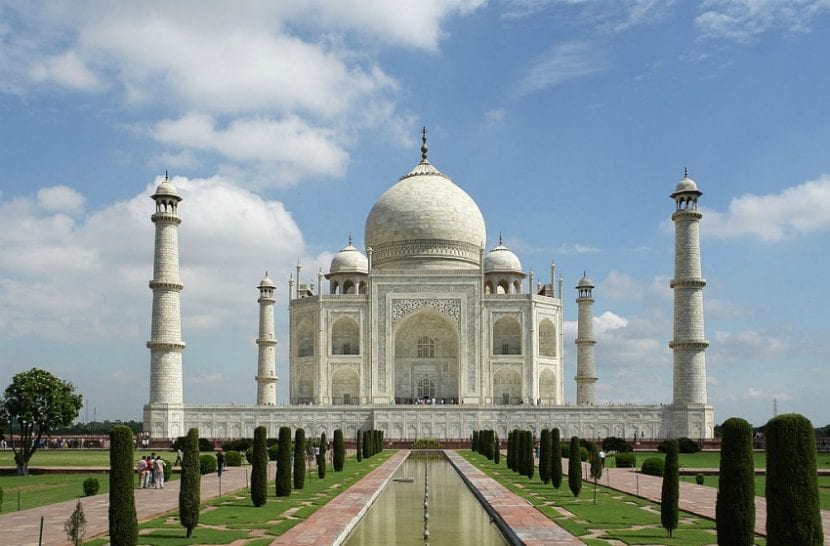
In 1631, prince shah jahan ordered to build the most beautiful mausoleum in the world in honor of his wife, Mumtaz Mahal. , who died after giving birth to her fourteenth child. The result was the Taj Mahal, India's flagship landmark and architectural jewel of Indian, Mughal and Arab influences that stands on the banks of the Yamuna River, in the city of Agra. One of those places that you must visit especially at sunset, when the Taj becomes the quintessence of that almost mystical exotic India that we all dream of at some time.
Temples of Angkor (Cambodia)

Recently chosen as the most impressive tourist destination in the world by Lonely Planet, the temples of Angkor, Cambodia, delight the visitor with their perfect definition of the eternal struggle between man and nature. This is confirmed by the huge trees that sprout from its rooftops, the Buddhist monks in orange robes camouflaged between the stone porticoes, or the hobby of the ancient Khmer empire to sculpt devas and other mystical figures of Hinduism and Buddhism during his reign (IX - XV century).
The Great Wall of China
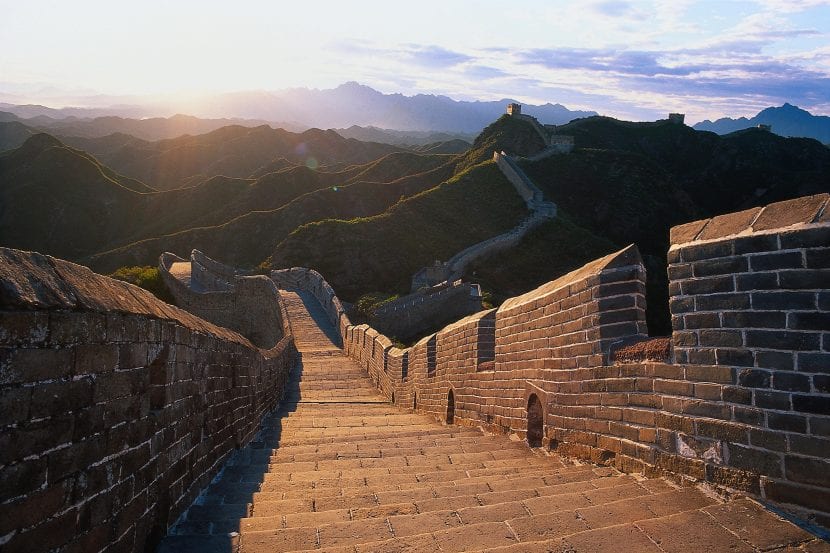
The Great Wall of China is one of the few human constructions visible from space; a milestone forged by its 21.196 km of extension from the Gobi Desert to the Yalu River, on the border with Korea. Erected 1500 years ago to defend themselves against the nomadic tribes of Manchuria and Mongolia that besieged the empire's troops, this stone serpent embraced by the contrasts of China is the most glorious of the many surprises that the eastern giant has in store for visitors.
Great Barrier Reef (Australia)
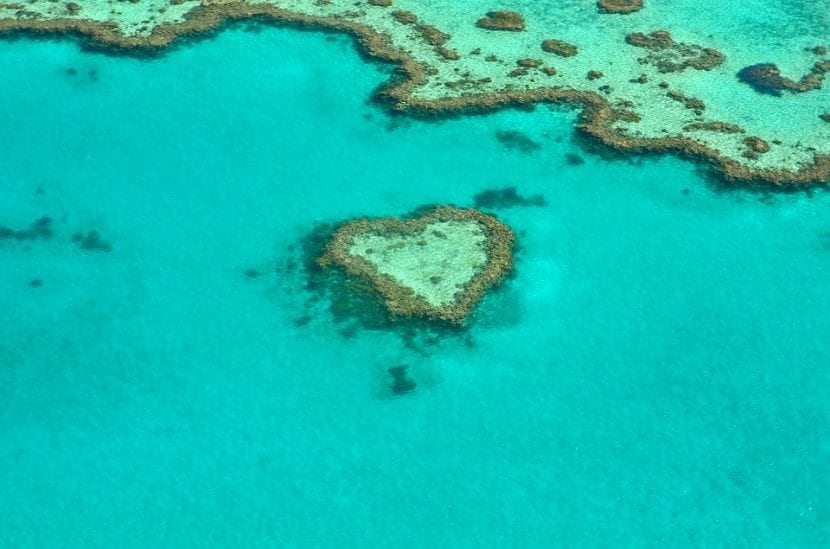
Over 2.600 kilometers dotting the east coast of Australia, the Great Cora Barrier is not only the only marine ecosystem visible from space, but houses in its waters up to 1800 species of tropical fish, 1000 islands and 2000 reefs . Unfortunately, the home of Nemo and Dory has been under threat for years due to illegal fishing, dumping of waste or the presence of the starfish crown of thorns, an inhabitant whose favorite food is, precisely, coral.
Grand Canyon (United States)
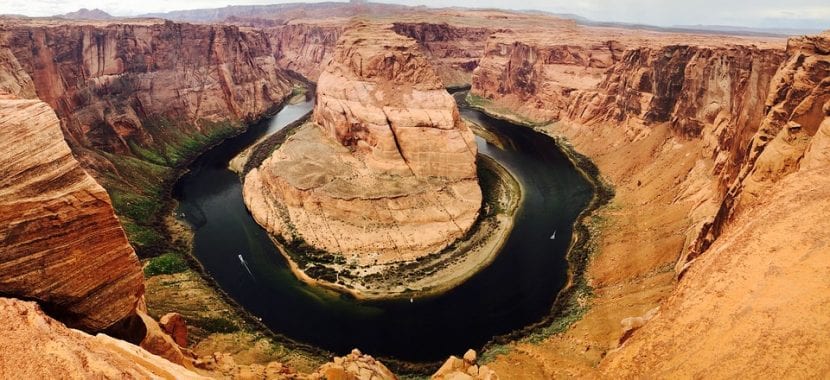
Carved by the Colorado River, north of Arizona, the Grand Canyon is one of the most mystical and majestic places in the entire American continent. Its ethnic echoes, its ability to elicit a sigh of adventure or a sunset that we would never tire of looking at are part of the charm of this rocky labyrinth whose formations and gorges reach up to 800 meters deep below sea level.
Old Havana (Cuba)
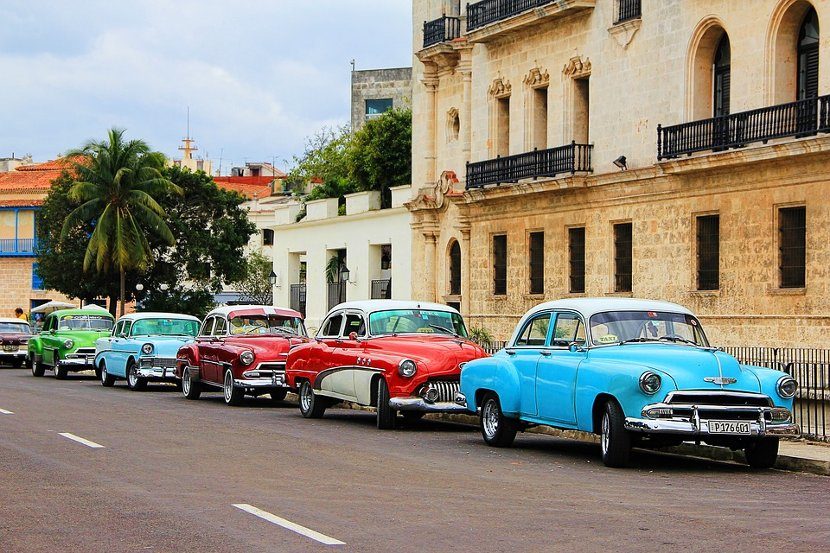
The Caribbean is the quintessence of that tropical paradise in which not everything revolves around beach resorts and their famous bracelets. In fact, along the warmest and most vibrant sea in the world, color, rhythm and colonial heritage continue to meet thanks to places like Old Havana of Cuba, the most palpable proof of an island besieged by salsa, conquests and the sea that has just awakened the rest of the planet in recent years. A living museum in which to walk through its cobblestone streets, among its pastel-colored facades or perch in cars that are more than 50 years old, confirm Cuba's potential as the greatest time machine in the world.
Machu Picchu, Peru)
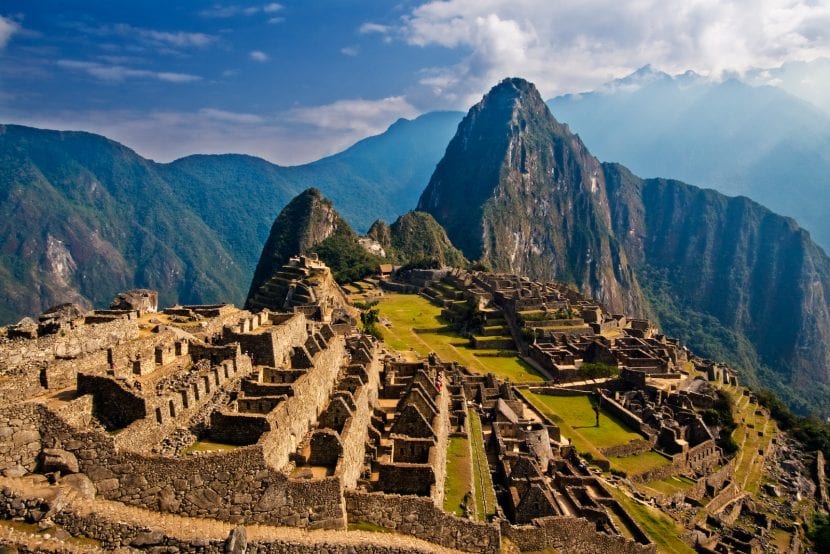
Located at 2340 meters above sea level, the vestiges of the most famous city of the ancient Inca empire continues to be the most appreciated destination in all of South America. Originally conceived as a ceremonial center and later as retirement residence of the ruler Pachacútec In the mid-1983th century, Machu Picchu, designated a Unesco heritage site in XNUMX, continues to attract hordes of tourists who cross the Inca Trail looking for this piece of history trapped between the fog, the rocks and the plains where the alpacas graze.
Eiffel Tower (Paris)
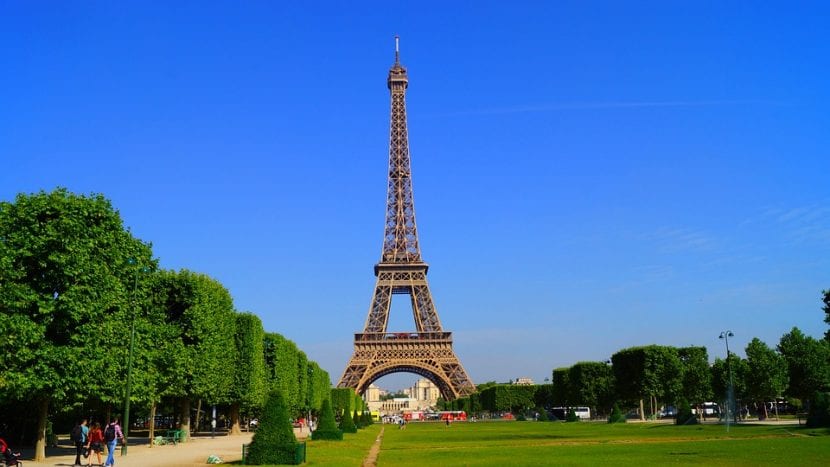
For many, the Eiffel Tower continues to be a piece of metal in the middle of a beautiful garden, but for many of the world the greatest pride of the city of Paris is much more than that: it is an icon, a symbol, the best ambassador of love and the dreams that the cinema or literature sold us. Inaugurated in the Field of Mars in 1889, this work of Gustave Eiffel At first disdained, it became a radio tower and a demolition project until the artistic circles of the early twentieth century rescued it forever.
Serengeti (Tanzania)
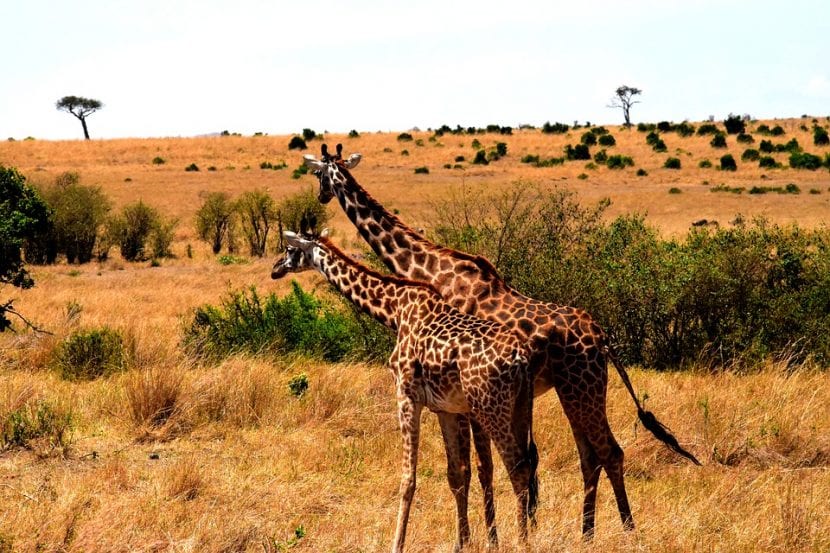
The most famous national park on the African continent It owes part of its fame to the sunsets that immortalized films like The Lion King, to the travelers and writers who insisted on highlighting that place in East Africa where life looks wilder than anywhere else. Mecca for safaris, the Serengeti is possibly the most sought-after natural scenery in the world thanks to its landscape contrasts, wildebeest migrations or the presence of giraffes that interrupt the sky with their long necks.
Have you visited these 10 places in the world that you have to see before you die?